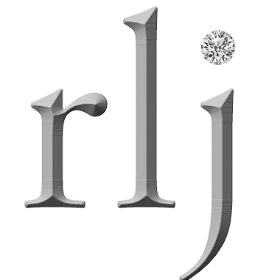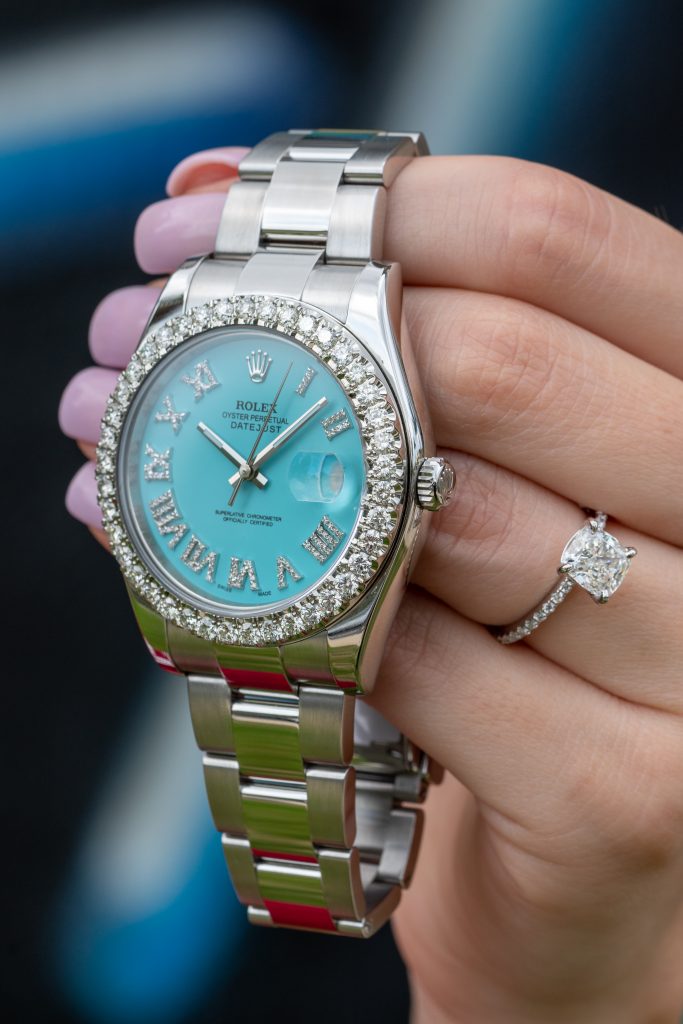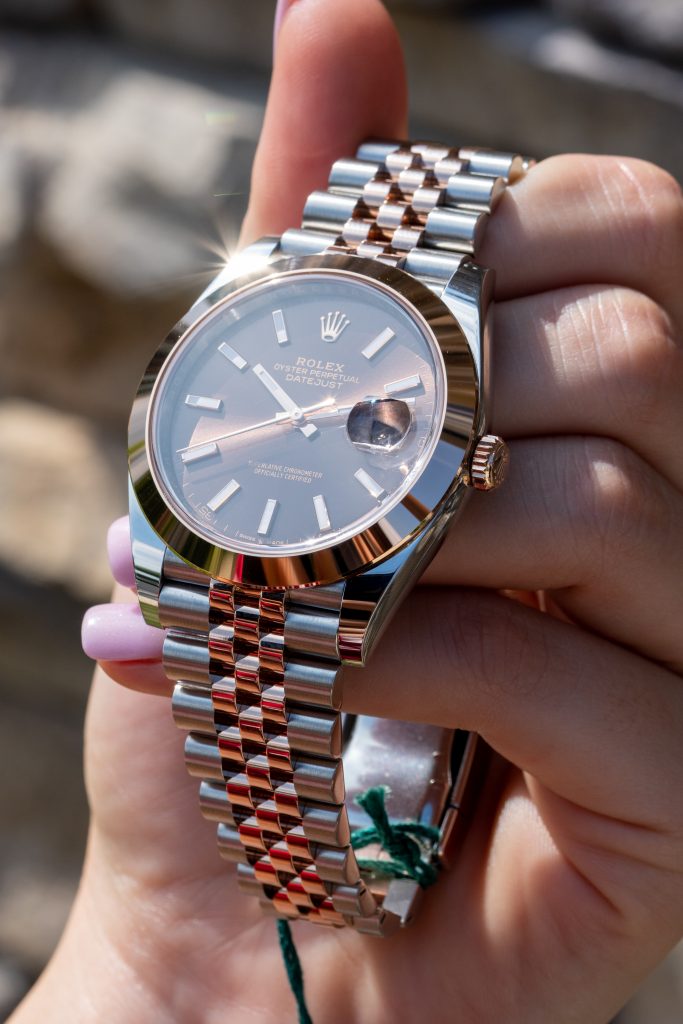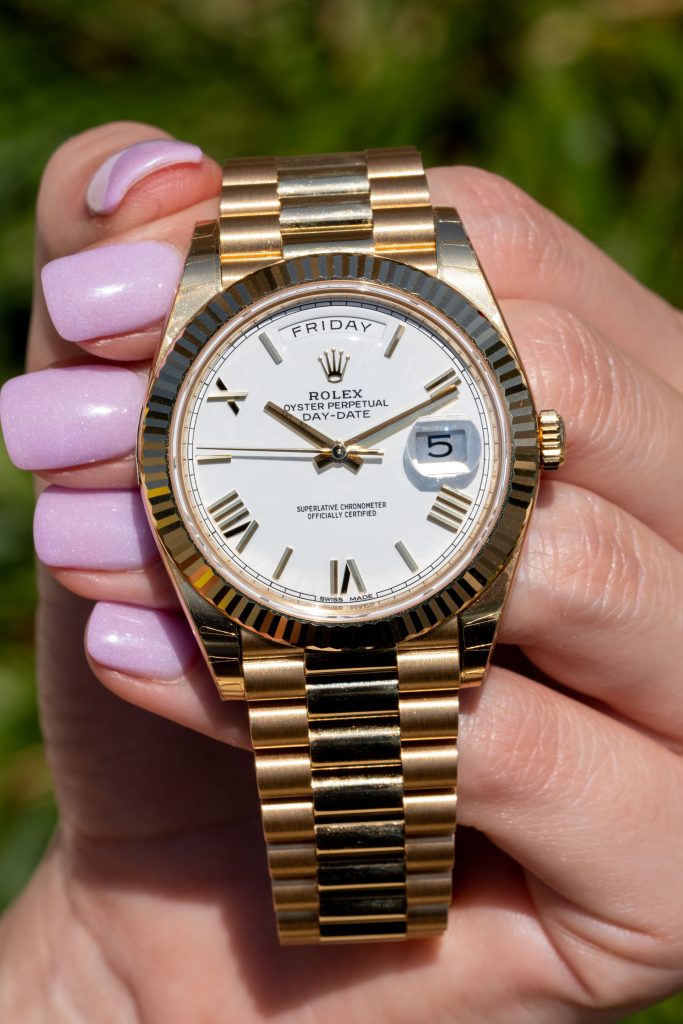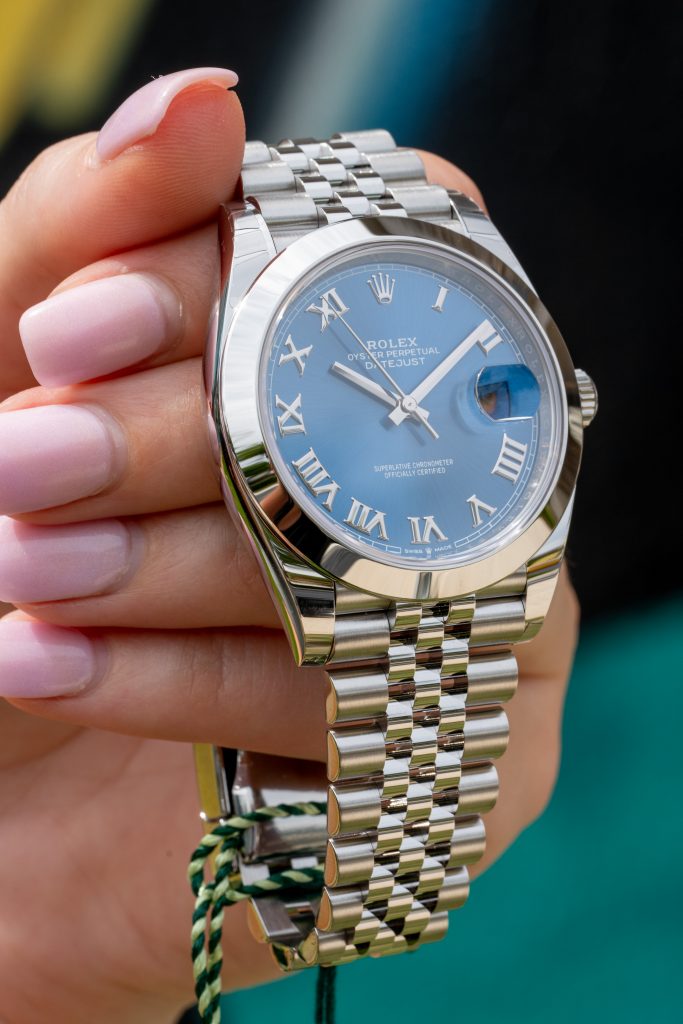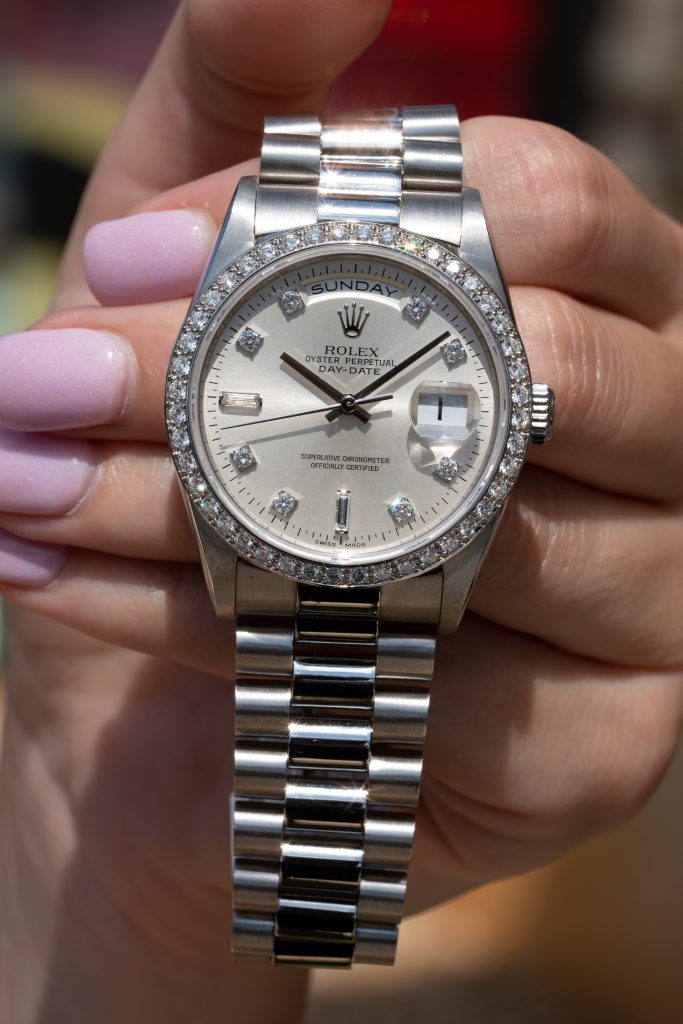TELL THE DIFFERENCE: DATEJUST VS DAY-DATE
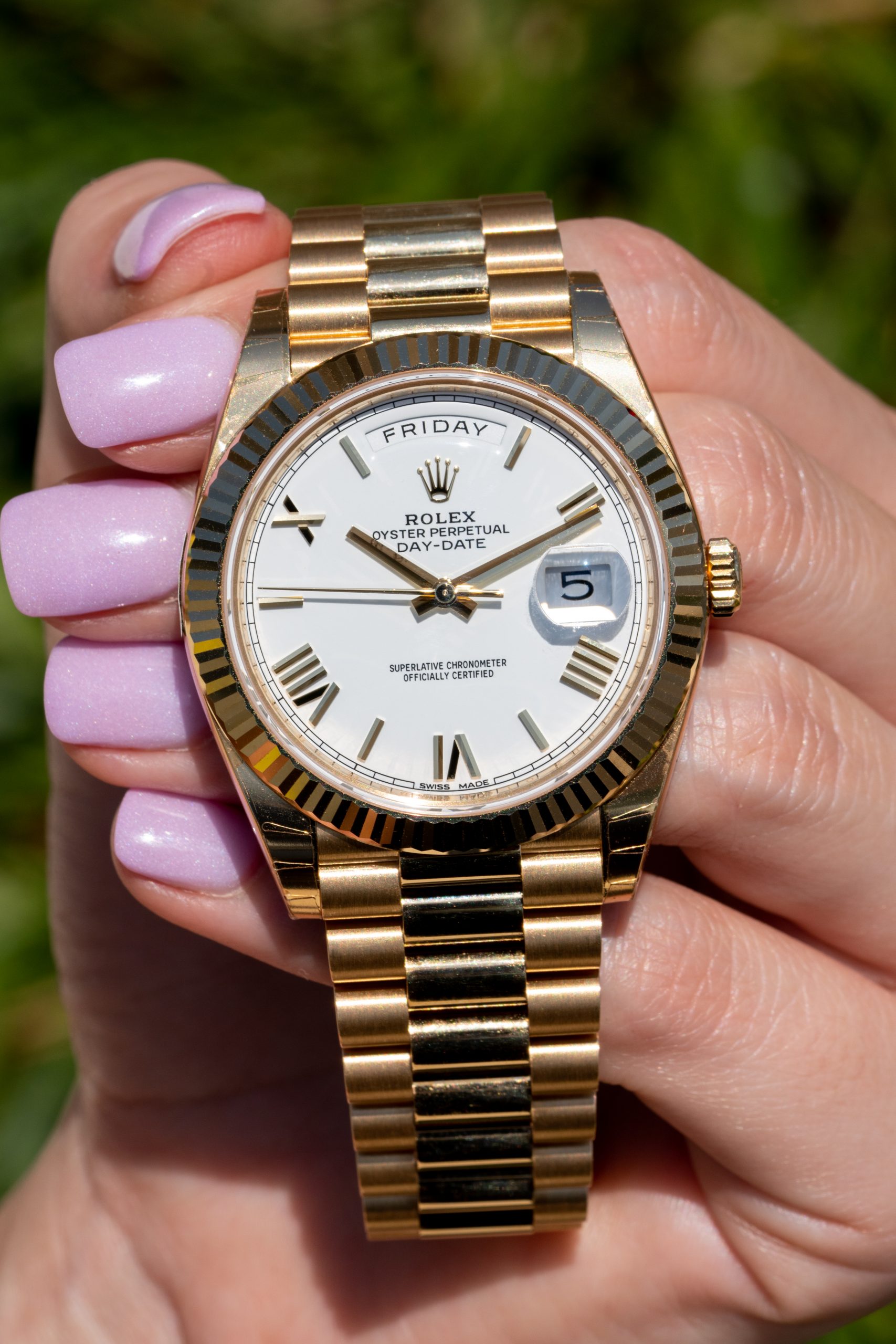
When you consider the history of Rolex as a watchmaking brand, both the DateJust and the Day-Date watches stand out. These are two of the oldest watches made by the brand. In addition, they both bear that archetypal Rolex appearance.
In fact, it can really get confusing to tell which one is Rolex Datejust and which is Rolex Day-Date. This is mostly the case when you only consider their profile look. Simply put, the Rolex Datejust and the Day-Date are one pair that is difficult to differentiate.
When it comes to how grand and beautiful they look, it is a similar tale. More so, these are two watches built to make a mark. Plus, they are both durable watches that you will have no bother wearing either of them every day.
Furthermore, in their different eras of relevance, this duo existed as an inseparable pair. Most of their regular improvements and innovations happened almost at the same time.
However, there is a slight difference in their relevance. For the Rolex Day-Date, it maintained a coveted status as the flagship model of the brand. This timepiece was a grand and wonderful offering from Rolex. It totally lived up to its nickname as the ‘President.’ On the other hand, the Rolex Datejust simply remained the wristwatch occupying ‘all things to all men’ position.
Well, the design of these two classics may be the same. Yet, there are a ton of distinctions to review between these two timepieces. Keep reading!
Into The Battle Of Functions And Style
It might not be as clear as it was upon introduction. However, the date complication from Rolex changed the entire narrative of Swiss watchmaking. Since its inception, this added functionality remains a game-changer in watchmaking.
Meanwhile, the Rolex Datejust, introduced in 1945, was to bear the honors. It became the maiden automatic timepiece whose date automatically adjusts once it is midnight.
Thanks to this, watch wearers had no need anymore to look up the date. More so, it rid them of the need to manually adjust the date on their watches. After a long wait, the date will remain right, every single time.
Presently, the date function is everywhere in timepieces. Rolex as a brand boasts of three different versions of classic timepieces with this feature. These watches can easily tell the date. Additionally, they can tell the time. These watches are:
- The Rolex Datejust
- The Rolex Day-Date
- The now-canceled Oysterdate Precision.
In this text, you will get a deeper look into the first two. At the end of this text, you will be able to tell the difference between both wristwatches. Follow through!
The History Of The Rolex Datejust And The Rolex Day-Date
The best way to begin is by touching on the backstory of these two masterpieces.
How did they come to be?
What year did each of them hit the watching scene?
What was their significance?
Keep reading to find out!
History Of The Rolex DateJust
According to history, the Rolex Datejust came before the Rolex Day-Date. The difference in time is well over a decade.
As mentioned earlier, the Rolex DateJust became an item from Rolex in 1945. The watch came in line with the celebration of the brand’s 40th anniversary. In that period, Datejust was the brand’s most exquisite product.
Datejust came in as the first waterproof, self-winding timepiece that came with a date function as well.
Meanwhile, this timepiece was initially only produced in solid gold. But, with time, it soon proceeded to add other materials to its production. The new material came as models made entirely using stainless steel and Rolesor. The latter is Rolex’s patented bi-metal blend of gold and steel.
With this addition, the watch started to give up its top-of-the-rank position. Now, it gradually became more of a connection. The watch linked the brand’s solely dress watches to their burgeoning models of professional timepieces.
The Rolex Datejust was a timepiece that easily and rightly fit with office wear. Yet, it stayed adaptable enough to still appear as the perfect piece for a t-shirt and jeans on the weekend.
History Of The Rolex Day-Date
There is not so much with the history of the Rolex Day-Date. This timepiece debuted in 1956. This wristwatch was and continues to be a product entirely made from precious stones. There were versions of the wristwatch made from:
- White gold
- Yellow gold
- Everose gold, and
- The grand grace of pure platinum
Not for one has the timeline made use of any bit of steel in its production. In fact, it leaves out the famous patented two-tone Rolesor material.
In addition, the Rolex Day-Date was also another revolutionary product since its inception. Day-Date was the first timepiece to display both the date and the day of the week. These two elements appear fully spread out on the watch’s dial.
Presently, after more than six long decades, the Day-Date maintains its position as Rolex’s most aspirational timepiece. Simply put, this watch is the brand’s greatest emblem of fame and success. The watch is a favorite for everyone. Wearers range from heads of state to popular music celebrities.
Varieties Offered By The Rolex Datejust VS The Rolex Day-Date
To move on from their history, check out the varieties each of these two pieces offer.
Moreover, each piece can lay claim to its distinct expression of the trademark Rolex styling.
Furthermore, the variation of numerous dial, bezel, and bracelet blends you can find on both Rolex timepieces is startling. Each of these two watches can come in a make-up that is either understated or flashy. It all depends on you. What does your personal taste dictate?
The Rolex Datejust Varieties
As most of you expect, the Rolex Datejust comes with more styling varieties compared to the Rolex Day-Date. These styling options are not limited to their metals varieties. Even though that is one of them.
In addition, the Rolex Datejust is presently produced in a total of five different sizes. These sixes include:
- The 28mm Lady-Datejust
- The 31mm edition
- The 34mm also known as the Date
- The typical 36mm version
- The latest 41mm size edition
In all, Datejust provides likely customers with a vast array of options to select from. That way, it is possible for anyone to find the timepiece that works for them flawlessly.
Additionally, Datejust can boast of displaying the yellow Rolesor addition. Similarly, there is the steel case that comes in a yellow gold bezel. This version is best fluted to get the whole package.
In addition, there are the bracelet center links, the winding crown, and a champagne gold dial. How best can one describe the Rolex DateJust model? A simple two-tone blend of both durability and elegance with sufficient flexibility to work well with anything.
The Rolex Day-Date Varieties
On the flip side, the Rolex Day-Date came with only a 36mm model since inception. This went on up until there was a change in 2008. This change welcomed the 41mm Day-Date II. Well, it welcomed the Datejust II as well in 40mm. However, that happened a year later, in 2009.
Yet, both models did not stay on the market for too long. They had their replacements only after a few years. Their replacements are the editions we have presently. Now, there is the Day-Date 40 coming a millimeter short. Regardless, it is still rather bigger than the regular size.
In addition, the Day-Date parades an all-time explicit model. This is the watch made of solid 18k yellow gold. Again, this model comes with a fluted bezel finish. Plus, it adds to its offerings a luxurious champagne dial fitting.
This timepiece is defiantly rich. It appears as though you are rocking a solid gold ingot on your wrist. This is precisely why this timepiece earns the colloquial name, “The Texas Timex.”
The Cyclops Lens
More so, we can add a quick fact about the dial used here. The Rolex Datejust was the maiden timepiece to earn the brand’s Cyclops lens. This happened in 1953. From then, this addition continues to climb into the makeup of all the brand’s date timepieces. The only exception will be the Deepsea.
Of course, it is debatable that this addition in certain ways influences the general symmetry. Yet, the Cyclops Lens is now a signature part of the Rolex brand. This is mostly applicable to the Datejust and Day-Date particularly.
Yet, one objection occasionally leveled at the President is about its dial. That is, both the Cyclops and the extra 12 o’clock window do sometimes appear rather busy. To this effect, the brand introduced the bigger models. These models come with equally conforming improvement in dial size. This change, in some way, helps to solve this.
However, most lovers of this timepiece want the more simple layout of the Rolex Datejust.
Pricing Comparison Of The Rolex Datejust VS The Rolex Day-Date
There is a marginal difference between the prices of the Rolex Day-Date and the Rolex Datejust. This is due to the Day-Date selection of simply the finest precious metals, plus its additional functions. Simply put, the price of the Rolex Day-Date is well above that of the DateJust.
Presently, you can get yourself any of the Datejust collections for as cheap as $7,050. This is mostly applicable to the steel 36mm version. Meanwhile, the most affordable Day-Date comes at a cost five times the price of the Datejust mentioned above.
In fact, the price of a Rolesor Datejust falls below half the cost of the entry-level President wristwatch.
However, do not fight the cat of maintaining each of these watches. Note, that the Day-Date is a more complicated timepiece. Plus, its movement requires a rather detailed and thus extended servicing.
Again, spare parts are another aspect you must pay attention to. For example, a gold bracelet will stretch faster than a steel bracelet will. More so, there will be the need for some overhauling at a certain point.
Note: All of these only affect brand new versions of these timepieces.
In all, there are two fascinating things about both timepieces. First is how many of them get produced over the years. Secondly is how slightly their exterior layout changes over time. These two perks provide us with a pre-owned market filled with incredibly affordable editions.
The Quickset Function
The Quickset function work in a way that the date gets adjusted automatically with the crown. There is no need to whirl the major hands all-around 24-hours.
This function became a part of watches in the mid-70s. Then, the Cal. 3035 of the Datejust powered the ref. 160XX. And the Cal. 3055 of the Day-Date powered the ref. 180XX series. However, the President’s movement was simply a Single Quickset feature.
This implies that only the date figures get forwarded effortlessly. This changed in 1988 when the ref. 182XX range came into the scene. That year, the wristwatch got the Double Quickset Cal. 3155. This addition gave room for enough control. This control extended to the day of the week too.
Furthermore, there were some other added alterations. They were all in a bid to refine each model. For instance, the Sapphire crystals only came into production at the end of the 1970s. As an effect, the watches with sapphire crystals are mostly stronger. Also, they are way more scratch-resistant compared to the earlier acrylic versions.
Conclusion
To sum it all up, these two clearly bear more than a few resemblances in their design. Yet, the Rolex Datejust and the Rolex Day-Date have very distinct identities.
The Datejust for instance is the more laid-back version of the two. It’s the ideal option for those searching for that one perfect watch for various outings. It is the right option to go anywhere and stay perfect for a long time.
On the other hand, the President is a statement watch. It simply tells everyone how grand and luxurious the wearer is.
You can now make a choice based on which of the two fits you the most as a person. Both watches are definitive Rolex models. They are one of the finest of the kinds the brand has on display.
